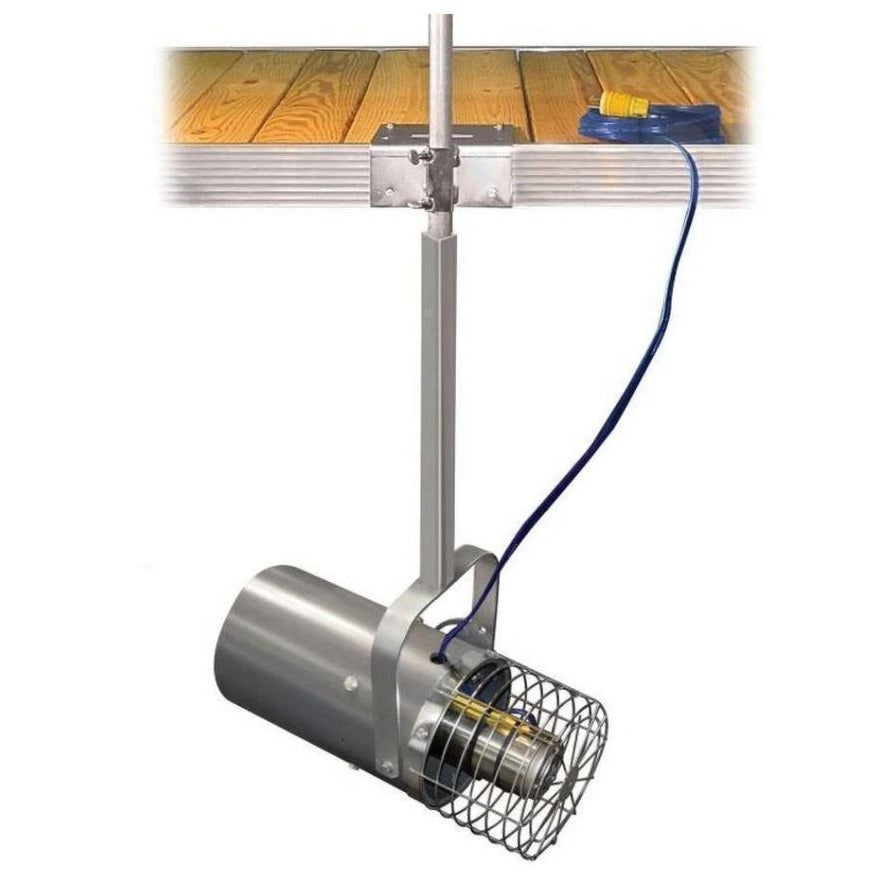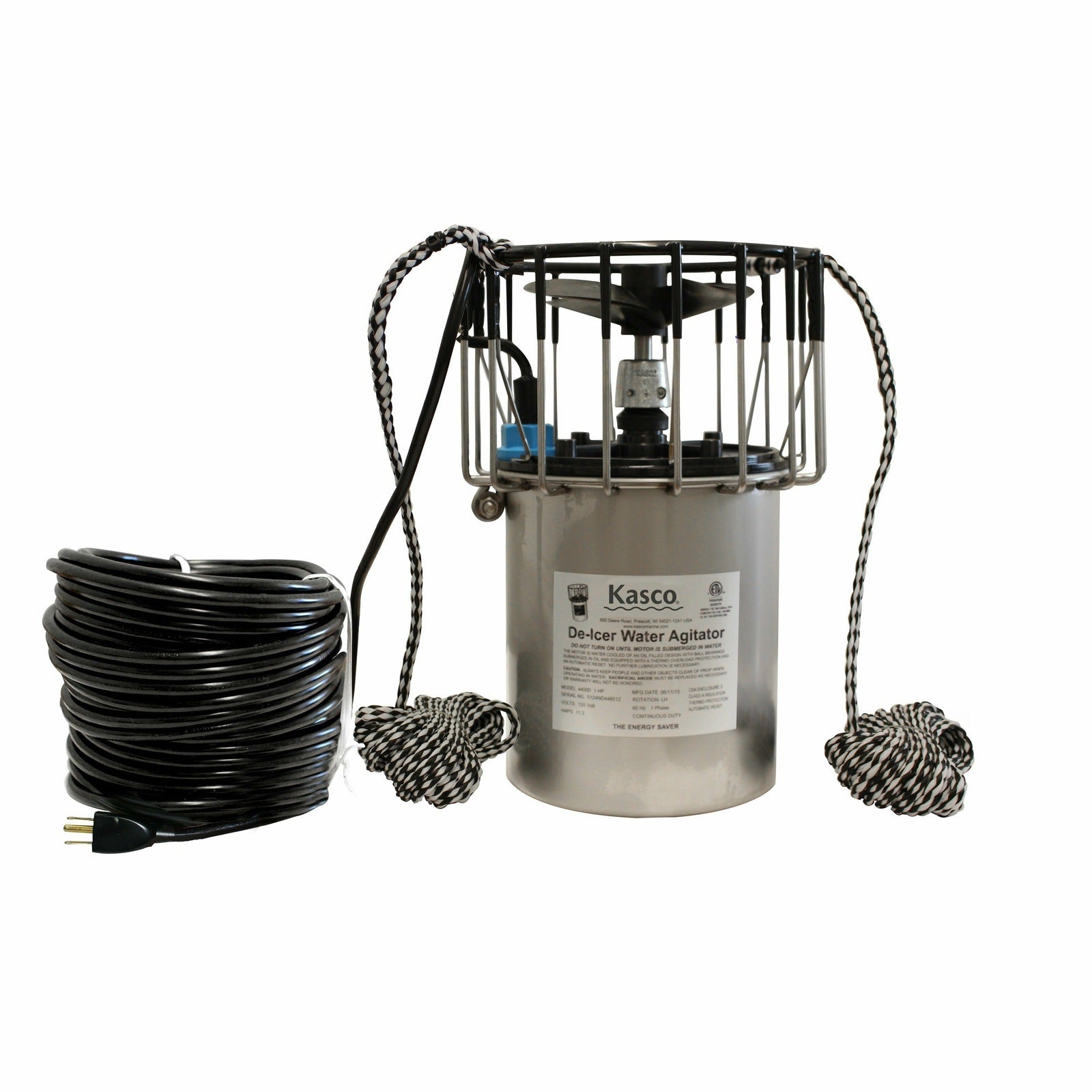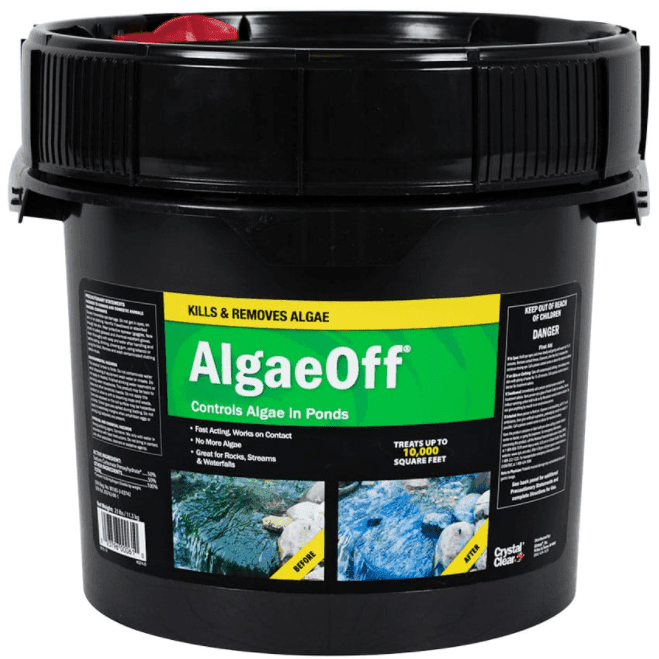If you have ever leaned over the edge of a koi pond and taken a close look, you may have noticed something unique. Alongside their vibrant colors and graceful swimming, koi have two pairs of whisker-like features near their mouths. These are called barbels. At first, they might look like catfish whiskers, but they actually serve an important purpose in how koi interact with their surroundings.
In this article, we’ll explain why koi have barbels, what they do, and how they affect your fish’s health and behavior.
What Are Barbels?
Barbels are slender, fleshy appendages located around the mouths of certain fish, including koi, carp, and catfish. They aren’t decorative or random features. Instead, they’re packed with taste buds and sensory cells that help fish detect food, sense changes in water, and even pick up on potential threats.
In koi, barbels appear as two small whisker-like structures on either side of the upper jaw. You can see them most clearly when koi open their mouths while feeding. Unlike teeth or fins, barbels aren’t used for chewing or swimming. They’re specialized tools for sensing the environment.
Why Do Koi Have Barbels?
1. Finding Food in Murky Water
Koi often live in ponds where the water isn’t always clear. In the wild, carp (their ancestors) thrive in rivers and lakes with muddy or cloudy bottoms. Barbels help koi detect food when visibility is low. The sensory cells inside barbels can pick up chemical signals and subtle water movements, allowing koi to find edible items even when they’re hidden under gravel or plants.
2. Tasting and Smelling the Water
Barbels act like a mix between a nose and a tongue. Since they contain taste buds, koi can actually “taste” the water around them. This ability helps them survive in large ponds where food may be spread out. Instead of relying only on sight, koi can sense dissolved nutrients, insects, and plant matter through their barbels.
3. Exploring Their Environment
Barbels also help koi navigate. They act like feelers, allowing koi to avoid sharp objects, find safe areas, and detect shifts in water flow. This keeps koi from getting hurt and guides them toward spaces with better food or oxygen levels.
4. Telling Koi Apart from Goldfish
One of the easiest ways to tell koi and goldfish apart is by looking for barbels. Koi have them, goldfish do not. This is useful for pond owners who keep both species. If you’re considering mixing the two, check out our guide on whether koi and goldfish can live together.
Do Barbels Make Koi Bottom Feeders?
Koi often scavenge along the bottom of ponds, and their barbels make this easier. They can locate food buried in gravel, mud, or sand. While koi happily come to the surface for pellets or treats, their instincts drive them to root around at the bottom. This behavior is natural and healthy.
Are Barbels Connected to Teeth?
Barbels don’t help koi chew, but they work alongside their teeth. Many pond owners wonder, do koi fish have teeth? The answer is yes. Koi have pharyngeal teeth located at the back of their throats. Barbels help koi find food, and once food is in the mouth, the teeth grind it down for digestion.
Barbels and Koi Health
Since barbels are sensory organs, they can reveal a lot about a koi’s overall health. Healthy koi have smooth, intact barbels that move naturally. If barbels appear damaged, swollen, or missing, it may point to injury or illness.
Common Problems with Barbels:
- Infections: Poor water quality can lead to bacterial or fungal infections.
- Injury: Sharp rocks or pond décor can damage barbels.
-
Parasites: External parasites sometimes attach near the mouth and barbels.
The best way to protect koi barbels is by maintaining a clean and balanced pond. Good filtration, proper feeding, and regular upkeep make a huge difference. For a full guide, check out our tips to maintain your koi pond.
Can Barbels Grow Back?
If a koi loses part of a barbel from injury, it may regrow over time. However, the new barbel may not look exactly like the original. Severe or repeated damage may result in permanent loss. Preventing injury and keeping the pond safe is the best approach.
Do Barbels Affect Breeding?
Barbels don’t directly impact reproduction, but they can play a role in koi breeding quality. Healthy barbels are a sign of strong genetics and good care. Breeders often look at barbels, along with body shape and coloration, when evaluating koi.
Do All Koi Have Barbels?
Yes, all koi varieties have barbels, though their size and shape can vary. Some koi lines may have larger barbels than others. If you see a fish that looks like a koi but doesn’t have barbels, it’s likely a goldfish or a hybrid.
Final Thoughts
Barbels may look small, but they’re an essential part of koi anatomy. From finding food in murky water to helping them explore safely, barbels play a huge role in their daily lives. They also set koi apart from goldfish, making them one of the most distinctive features of the species.
For pond owners, healthy barbels are a good sign your koi are thriving. By learning what they do and how to care for them, you can strengthen your connection to your fish and keep your pond in top shape.













